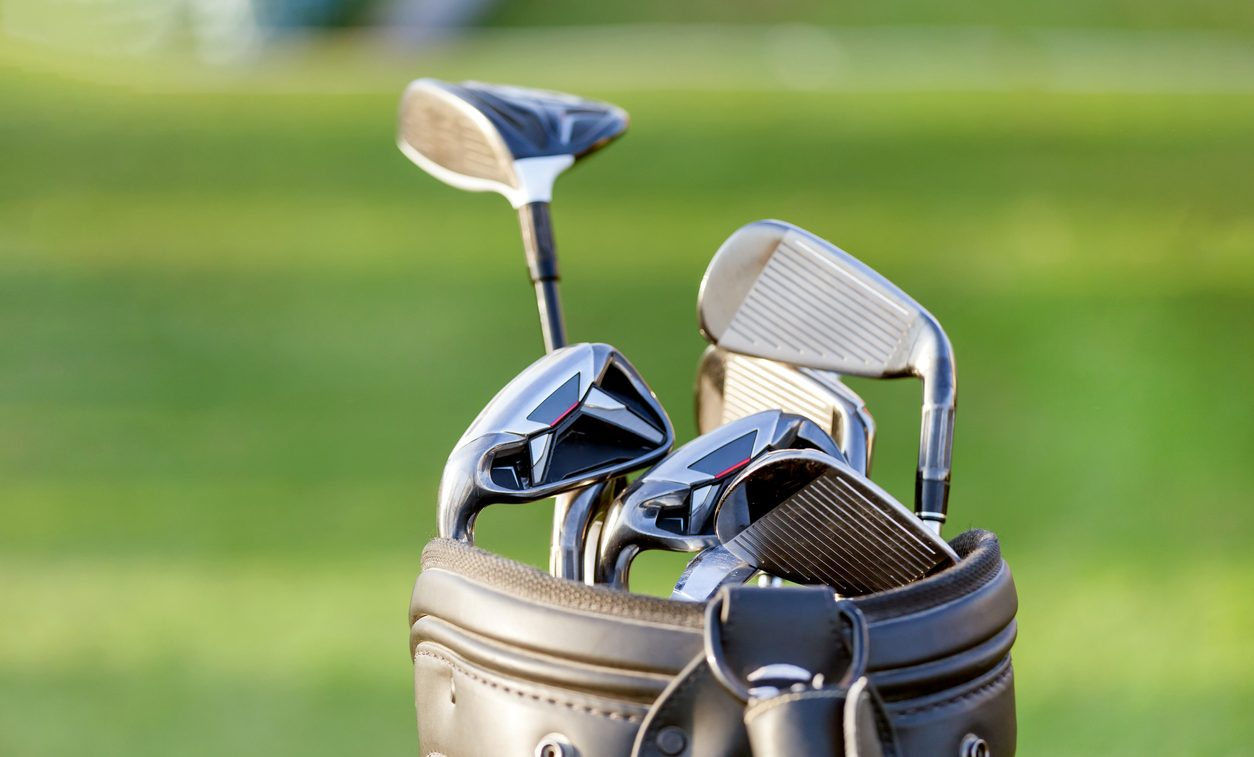High performance golf clubs are an essential part of the game. With so many brands and technologies available now, making the right choice for your game can be confusing. Follow this in-depth guide when selecting new golf clubs to ensure you find equipment that lowers your scores.
Honestly Evaluate Your Skill Level
Being realistic about your ability level and consistency is crucial when choosing clubs. High handicap golfers need lots of forgiveness, while elite players require precise shot shaping control.
Beginners Need Game Improvement Clubs
If you’re new to golf, start by investing in super game improvement irons. Oversize cavity back designs with perimeter weighting make these clubs extremely forgiving on mishits while still offering decent distance. Avoid difficult to hit blades and advanced players irons in your first set. Also, consider hybrids to replace harder to hit long irons. Your swing will develop rapidly early on – plan to upgrade your starter clubs within a couple seasons.
Intermediate Players Want Mixed Forgiveness and Workability
As your technique improves and you near the mid handicap range, look for clubs blending forgiveness with increased workability. Multi-material irons that combine metals like steel, tungsten, and titanium offer better feel and control while still helping correct slight mis-hits. Narrow your hybrid options to more specialized models. Experiment with adjustable fairway woods to tone your trajectory as you shape shots intentionally.
Advanced Golfers Demand Maximum Feedback and Control
When you reach the low single digit handicap level, play with forged blade irons designed for shot shaping. The minimal offset and thin soles provide maximum feedback, allowing you to control trajectory and ball flight. Fine tune your equipment with precisely fit woods and highly customizable adjustable drivers to match your swing plane, speed, and launch angle.
Get Professionally Fit For Your Body and Swing
Having properly fitted clubs for your height, wrist-to-floor distance, swing speed, and other factors is vital for consistent contact and optimizing distance. Schedule a professional club fitting session, or at minimum measure your wrist-to-floor distance to estimate your ideal club length and lie angle. Even half an inch variance can greatly impact your ball striking. Ill-fitting clubs lead to inconsistent shots and lost distance.
Take New Clubs to the Range Before Purchasing
Always take a new golf club to the driving range for testing before purchasing. Try different shaft flexes – regular, stiff or extra stiff based on your swing speed. Check dispersion patterns to see if the clubs match your typical ball striking tendencies. Vary shot shapes and trajectories to evaluate forgiveness and workability. Pay attention to sound and feel on center and mishit shots. If you don’t love hitting a club, don’t buy it just because of the brand name.
Invest in Quality Equipment from Reputable Golf Brands
In golf, you often get what you pay for when buying equipment. Stick to golf’s premier club and shaft manufacturers like Titleist, Ping, TaylorMade, Callaway, Cobra and Mitsubishi. There’s a reason touring professionals trust these brands – their strict quality construction and engineering tolerances help all skill levels. Off brand or big box store golf clubs are cheap for a reason. Playing reputable clubs gives you confidence each club in your bag will perform consistently.
